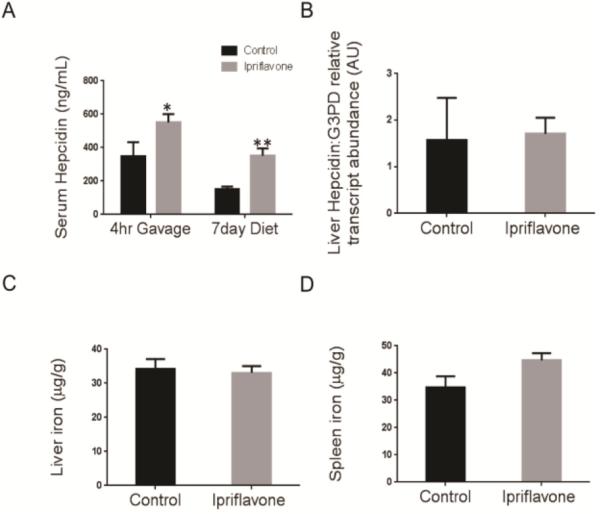Figure 1. Treatment with ipriflavone increases serum hepcidin levels in wild type mice.
Four-week old C57/BL6 mice received an iron-sufficient diet (35 mg of iron/kg of food) for 1 week and then underwent a single gavage of ipriflavone (120 mg/kg in 90%PBS/10% DMSO) or vehicle alone. Mice then continued the iron-sufficient diet with or without ipriflavone (500 mg/kg of food) for 7 days. (A) Serum hepcidin levels of WT mice after a single gavage treatment or after 7 day dietary treatment with ipriflavone. (B-D) Evaluation of RNA transcript levels for liver hepcidin (B) and nonheme iron quantification of the liver (C) and spleen (D) after 7 days of dietary supplementation with ipriflavone (500 mg/kg of food). N=7-8 mice per group. * Signifies p=0.05, while ** signifies p=0.001 by Student's t-test compared to 0 mg/kg control group.

